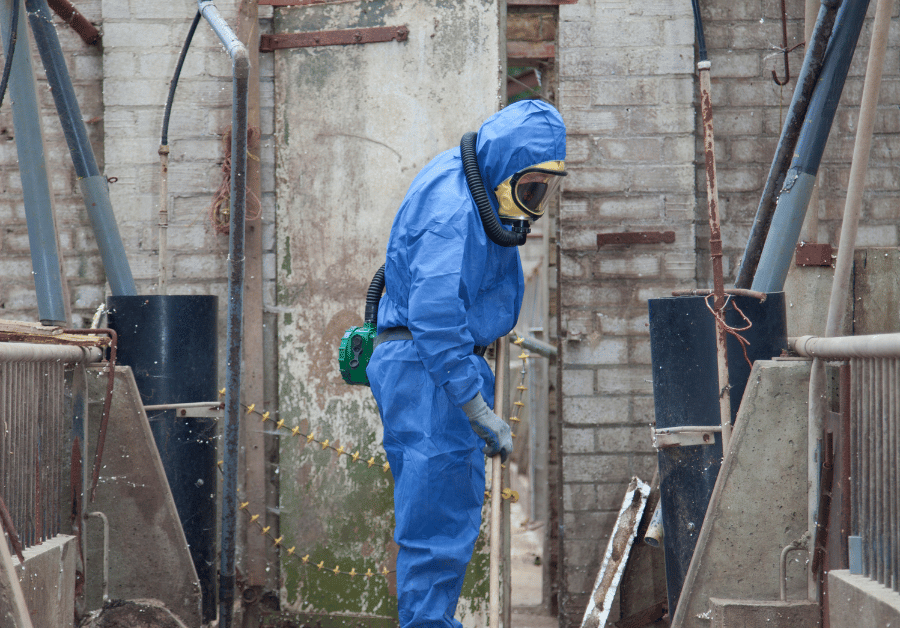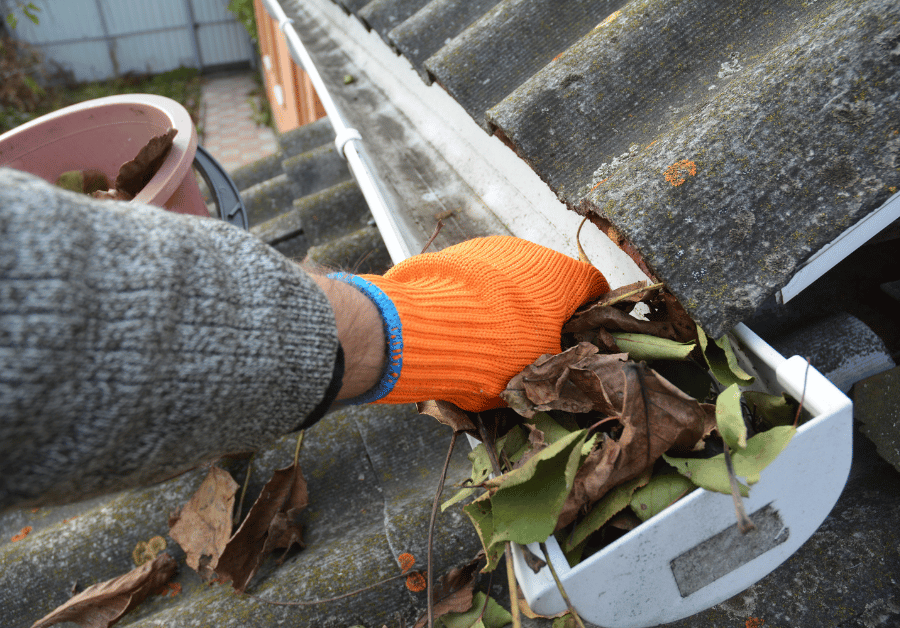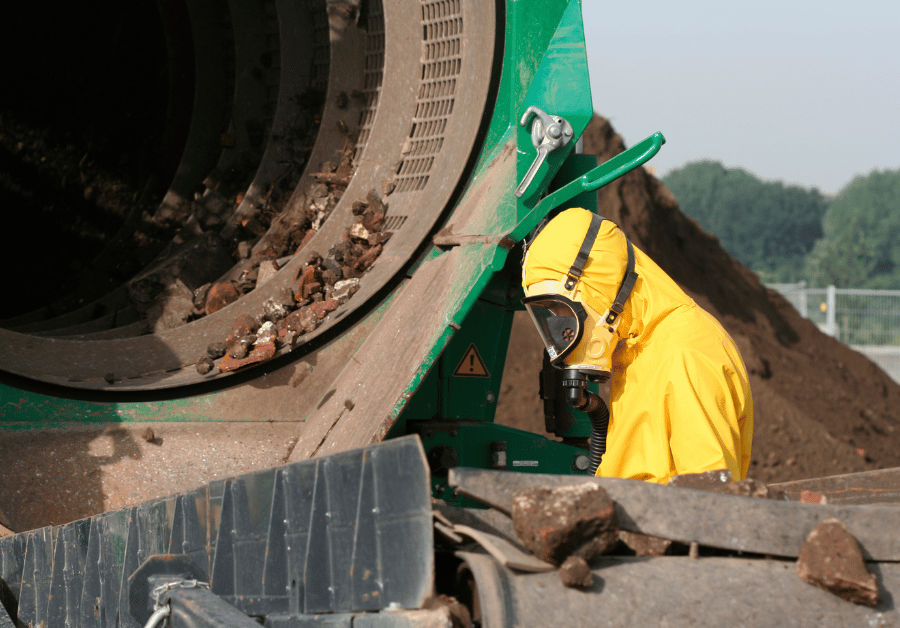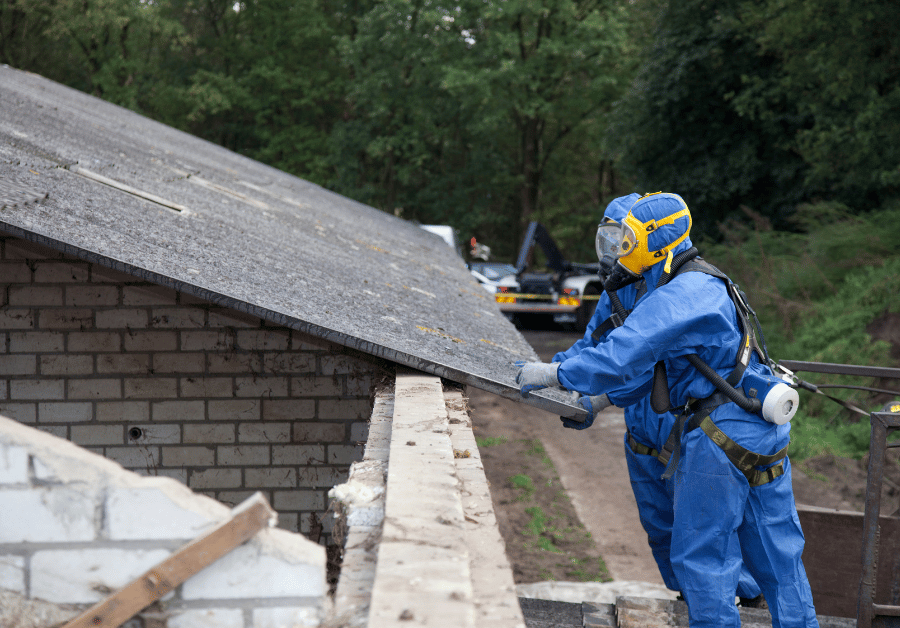Asbestos Clean Up Near Me: Your Essential Guide for Australian Homes & Safety
Discovering asbestos in your home or property can be a daunting experience. The immediate thought for many Australian homeowners, particularly those in bustling cities like Melbourne, Sydney, Perth, Brisbane, Adelaide, and Hobart, is often: How do I find reliable asbestos clean up near me? It's a critical question, and one that demands a comprehensive, expert answer. Asbestos, once a widely used building material, is now known for its severe health risks. Properly identifying, managing, and removing it is paramount for your safety and the safety of those around you.
This guide is designed to provide you with all the vital information you need about asbestos, its hazards, the strict regulations governing its removal in Australia, and most importantly, how to connect with trusted, qualified professionals for asbestos clean up services. We'll cut through the jargon, provide actionable advice, and help you navigate this complex process with confidence.
Remember, when it comes to asbestos, safety isn't just a recommendation – it's a legal and ethical imperative. Let's delve into everything you need to know to protect your home and your health.
What is Asbestos and Why is it So Dangerous?

Asbestos is a naturally occurring fibrous mineral that was extensively used in Australia, especially between the 1940s and late 1980s, due to its incredible strength, heat resistance, and insulating properties. It can be found in countless building materials, from roofing and insulation to pipes and flooring. However, the microscopic fibres of asbestos, when disturbed, can become airborne and, if inhaled, pose a significant health hazard.
The Australian Government's Better Health Channel and WorkSafe Victoria consistently highlight the severe health implications of asbestos exposure. Inhaling these fibres can lead to serious lung diseases, including asbestosis, mesothelioma (a type of cancer that affects the lining of the lungs or abdomen), and lung cancer. These diseases often have a long latency period, meaning symptoms may not appear for decades after exposure. This is why professional asbestos clean up is not just recommended, but often legally required.
Types of Asbestos: Friable vs. Bonded
Understanding the two main types of asbestos is crucial for assessing risk and determining the appropriate asbestos removal requirements:
- Bonded Asbestos (Non-Friable): This is the most common type found in homes, where asbestos fibres are mixed with a bonding agent like cement. Examples include asbestos cement sheeting (often called 'fibro'), roofing, and pipes. When in good condition and undisturbed, bonded asbestos presents a lower risk. However, if it's disturbed, cut, drilled, or deteriorating, it can release fibres and become a hazard when cleaning or renovating.
- Friable Asbestos: This is far more dangerous. Friable asbestos materials are those that can be crumbled or reduced to powder by hand pressure when dry. This means fibres are easily released into the air. Examples include sprayed insulation, lagging on pipes (like asbestos pipe insulation), and some types of loose-fill insulation. The asbestos risks associated with friable materials are extremely high, and their removal must *always* be carried out by a licensed asbestos removalist.
Can I Do DIY Asbestos Removal in Australia?
This is a question many homeowners ask when facing potential asbestos cleanup costs. While some states and territories allow limited DIY asbestos removal for non-friable asbestos, it comes with strict regulations and is generally not recommended. The risks are simply too high. For example, in Victoria, WorkSafe Victoria provides clear guidelines on what homeowners *may* asbestos remove themselves, but it's limited to small amounts of non-friable material.
Here's why you should think twice about homeowner removal:
- Health Risks: Even small amounts of disturbed asbestos can release dangerous fibres. Without proper training, personal protective equipment (PPE), and containment procedures, you put yourself and your family at severe risk of exposure. The hazard when cleaning up asbestos without professional knowledge is immense.
- Legal Requirements: There are strict asbestos removal requirements and notification requirements. For instance, in Victoria, if you remove more than 10 square metres of non-friable asbestos, you must use a licensed asbestos removalist. The legal act surrounding asbestos work is complex and varies slightly by state.
- Disposal Challenges: Asbestos waste cannot be disposed of with regular household rubbish. You must find your nearest disposal site that is authorised to accept asbestos waste. This often means a specific landfill and strict packaging requirements (e.g., double-bagging and clearly labelling). The EPA Victoria (epavic.gov.au) website provides information on authorised disposal sites for asbestos waste.
- Contamination: Improper diy removal can lead to widespread contamination of your property, increasing the overall asbestos cleanup costs add significantly in the long run. If land might be contaminated, professional soil remediation services are often required.
For any significant asbestos removal projects, or if you suspect friable asbestos (like asbestos pipe insulation), the answer is a resounding NO to DIY. Always consult licensed professionals. Your health and safety are worth it.
When You Need Professional Asbestos Clean Up Services
For peace of mind and guaranteed safety, engaging a professional, licensed asbestos removal company is always the best course of action. This is especially true for:
- Friable Asbestos: As mentioned, this must always be handled by an A-class licensed asbestos removalist.
- Large Quantities: If you have more than 10 square metres of non-friable asbestos, or if it's part of a larger renovation or demolition project.
- Damaged or Deteriorating Asbestos: If bonded asbestos materials are crumbling, broken, or showing signs of wear, they pose a higher risk and should be professionally assessed and removed.
- Complex Structures: Removal from hard-to-reach areas, roofs (e.g., asbestos sheeting), or areas intertwined with other building elements requires specialist skills and equipment.
- Post-Disaster Cleanup: After events like bushfire, properties might be contaminated with asbestos hazards. Bushfire recovery often necessitates immediate and expert asbestos clean up services.
- Commercial & Industrial Sites: These often involve significant asbestos removal projects, requiring experienced environmental services like those offered by Kennedys Group or McMahon Services, who have identified bonded asbestos sheeting in numerous sheds and undertaken large-scale remediation projects. See figure below for an example of common areas where asbestos might be found.
An example of the complexities involved can be seen in recent news. As asbestos clean-up costs add up at this Melbourne park, residents may asbestos have been concerned. For instance, asbestos was discovered during the redevelopment of Hosken Reserve in Coburg North earlier this year. The next council says the asbestos case studies from such public works highlight the need for expert handling, even for 'minor' finds.
How to Find the Best Asbestos Clean Up Near You
When you're searching for asbestos clean up near me, especially in densely populated areas like Melbourne or Sydney, it's crucial to select a professional who is not only local but also highly qualified and trustworthy. Here's how to ensure you find the right fit:
1. Verify Licences and Qualifications
In Australia, asbestos removalists must be licensed. There are two classes of licences:
- Class A Licence: Required for removing friable asbestos and any amount of non-friable asbestos.
- Class B Licence: Required for removing more than 10 square metres of non-friable asbestos.
Always ask to see their current licence and verify it with the relevant state authority, such as WorkSafe Victoria. A reputable company will be transparent about their credentials and able to show links to their licences and certifications.
2. Check for Insurance and Safety Protocols
Ensure the company has comprehensive public liability insurance that specifically covers asbestos removal. They should also have a detailed safety management plan, including:
- Detailed risk assessments for your specific site.
- Use of appropriate personal protective equipment (PPE) for their workers.
- Clear procedures for containment, air monitoring, and decontamination.
- Safe transport and disposal of asbestos waste to an authorised disposal site.
- Adherence to silica safety guidelines, especially when dealing with materials that may contain both asbestos and silica.
3. Look for Experience and Reputation
Experience matters greatly in asbestos removal. Look for companies with a proven track record, especially with projects similar to yours. Ask for client testimonials or case studies. Companies like McMahon Services or Kennedys Group often showcase their significant asbestos removal projects, demonstrating their expertise in handling complex scenarios.
4. Get Multiple Quotes and Compare
This is where platforms like Get 3 Quote become invaluable. Instead of spending hours searching and calling individual companies, you can:
- Tell us what you need: Fill out a simple online form, describing your asbestos clean up requirements.
- Get quotes from professionals: Receive up to 3 detailed quotes from verified local professionals in Melbourne, Sydney, Perth, Brisbane, Adelaide, or Hobart.
- Choose the best match: Compare quotes, review profiles, and select the professional that best fits your needs and budget.
Getting multiple quotes helps you understand the average asbestos cleanup costs in your area and ensures you're getting a fair price for quality, compliant work.
The Asbestos Clean Up Process: What to Expect

Once you've engaged a professional asbestos removalist, here's a general overview of the process:
- Initial Assessment & Quote: A licensed professional will visit your property to assess the type, condition, and quantity of asbestos. They will provide a detailed quote covering all aspects, including permits, removal, and disposal.
- Notification: For larger jobs (over 10m² of non-friable or any friable asbestos), the removalist will notify the relevant authority (e.g., WorkSafe Victoria) before work commences. This is a critical part of the removal requirements.
- Containment: The work area will be sealed off using plastic sheeting and negative air pressure units to prevent asbestos fibres from spreading to other parts of your property. This is crucial for controlling the hazard when cleaning.
- Removal: Trained and equipped workers will carefully remove the asbestos-containing materials using wet methods to minimise dust. This could involve careful dismantling of asbestos sheeting or specialist techniques for friable asbestos pipe insulation.
- Decontamination: After removal, the area will be thoroughly cleaned using HEPA-filtered vacuums and wet wiping. Air monitoring may be conducted to ensure no airborne fibres remain.
- Waste Disposal: All asbestos waste will be securely double-bagged, labelled, and transported to an authorised asbestos disposal site. You can often find your nearest disposal site on your state's EPA website (e.g., epa.vic.gov.au may asbestos waste disposal sites).
- Clearance Certificate: For larger or more complex jobs, an independent hygienist may issue a clearance certificate, confirming the area is safe for re-occupation.
Important Considerations for Australian Cities

While federal guidelines provide a baseline, specific regulations and available asbestos clean up services can vary slightly by state and even by local council. Here's a brief look:
- Melbourne & Victoria: WorkSafe Victoria is the primary regulator for occupational health and safety, including asbestos removal. EPA Victoria (epavic.gov.au) manages waste disposal. Homeowners need to be particularly aware of the 10m² rule for DIY non-friable asbestos.
- Sydney & New South Wales: SafeWork NSW regulates asbestos removal. NSW EPA oversees waste management. Similar strict rules apply, and professional services are highly recommended.
- Perth & Western Australia: WorkSafe WA governs asbestos safety and removal. The Department of Water and Environmental Regulation (DWER) handles waste.
- Brisbane & Queensland: WorkSafe Queensland and the Department of Environment and Science are the key bodies. Queensland has robust regulations for licensed asbestos removal.
- Adelaide & South Australia: SafeWork SA and the EPA South Australia manage asbestos. Specific requirements for notification and disposal apply.
- Hobart & Tasmania: WorkSafe Tasmania oversees asbestos safety. The EPA Tasmania manages waste.
No matter where you are in Australia, the core message remains: prioritise safety and professional expertise for asbestos clean up. Always verify the licences and compliance of any service provider you consider.
Question 1: what is involved in a professional asbestos clean up?
Question 2: how do i know if i need an A-class or B-class asbestos removalist?
Question 3: can asbestos clean up costs vary by city in australia?
Question 4: What are the risks of not removing asbestos properly?
Your Next Step: Finding Trusted Asbestos Clean Up Professionals with Get 3 Quote
Dealing with asbestos is a serious undertaking that should never be taken lightly. The health risks are too significant, and the regulations too stringent, to attempt anything less than a professional, compliant asbestos clean up. Whether you're in Melbourne, looking at a redevelopment of a property near a park where asbestos was discovered, or dealing with an old shed in Sydney, the need for expert services is clear.
Instead of endless searching for asbestos clean up near me and vetting individual contractors, let Get 3 Quote simplify the process for you. We connect homeowners and businesses across Australia with trusted, verified local service providers for all your asbestos removal needs. Our mission is to make it easy for you to find reliable professionals for any job, big or small, ensuring you get competitive quotes from qualified experts.
Don't compromise on safety or compliance. Get peace of mind knowing your asbestos issue is handled by the best in the business. Our platform streamlines the process:
- Tell us what you need: Fill out our simple form and describe your asbestos clean up requirements.
- Get quotes from professionals: Receive up to 3 detailed quotes from verified local professionals who specialise in asbestos removal services.
- Choose the best match: Compare quotes, reviews, and profiles to find the perfect professional for your job.
Protect your health, your property, and your peace of mind. For a safe, compliant, and efficient asbestos clean up solution anywhere in Australia, from Melbourne to Perth, Brisbane, Adelaide, and Hobart, start with Get 3 Quote today.
Ready to get started? Find your trusted asbestos clean up professionals now!
